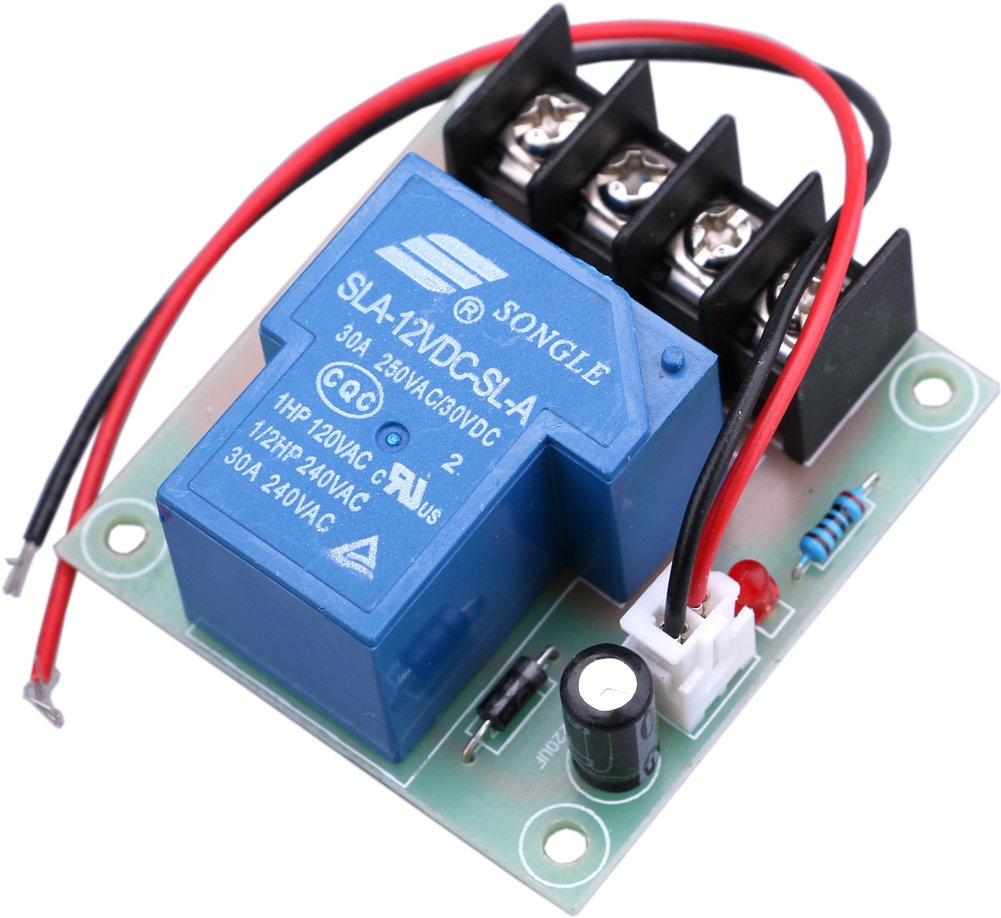Solid state relays (SSRs) have revolutionized the field of electrical switching by offering numerous advantages over traditional electromechanical relays. SSRs are electronic devices that use semiconductors to control the flow of current without any moving parts. They provide enhanced reliability, faster switching speeds, and improved longevity. In this article, we will delve into the three main types of solid state relays, exploring their unique features, applications, and benefits.
- Zero Voltage Turn-On (ZVT) SSRs:
Zero Voltage Turn-On SSRs are designed to switch the load when the AC voltage crosses zero. This type of SSR ensures minimal electrical noise and reduces the risk of voltage spikes or transients. ZVT SSRs are commonly used in applications that require precise control, such as industrial automation, robotics, and medical equipment. Their ability to switch at zero voltage minimizes the stress on sensitive components and enhances overall system performance. - Random Turn-On (RTO) SSRs:
Random Turn-On SSRs are known for their ability to switch the load at any point in the AC voltage cycle. Unlike ZVT SSRs, RTO SSRs do not wait for the voltage to reach zero before turning on. This feature allows for greater flexibility in controlling the load and is particularly useful in applications where timing is critical, such as motor control, lighting systems, and power supplies. RTO SSRs offer precise switching capabilities and can handle high inrush currents, making them suitable for demanding environments. - Instantaneous Turn-On (ITO) SSRs:
Instantaneous Turn-On SSRs are designed to switch the load as soon as the control signal is applied, regardless of the AC voltage phase. This type of SSR provides immediate response and is commonly used in applications that require fast switching speeds, such as solid-state relays for heating elements, power distribution systems, and semiconductor manufacturing equipment. ITO SSRs offer high reliability, low power consumption, and excellent thermal management, making them ideal for high-performance applications.
Conclusion:
Solid state relays have transformed the field of electrical switching, offering improved reliability, faster switching speeds, and enhanced longevity compared to traditional electromechanical relays. Understanding the three main types of solid state relays - Zero Voltage Turn-On (ZVT) SSRs, Random Turn-On (RTO) SSRs, and Instantaneous Turn-On (ITO) SSRs - allows engineers and professionals to select the most suitable relay for their specific applications. Whether it's precise control, flexible timing, or fast response, solid state relays provide a versatile solution for a wide range of industries.


